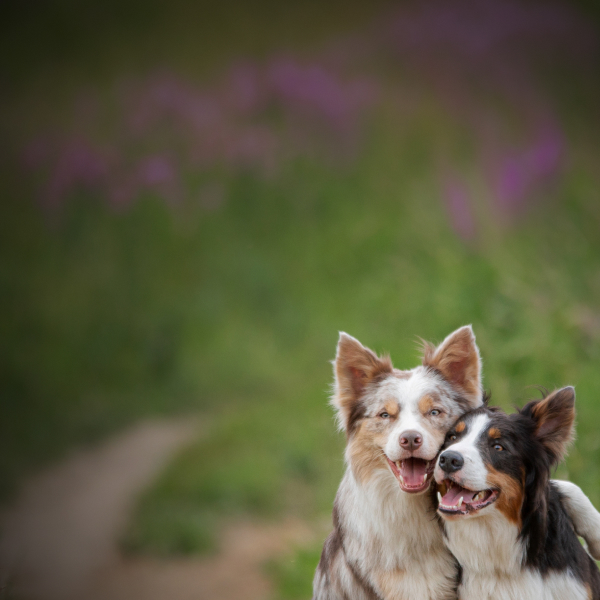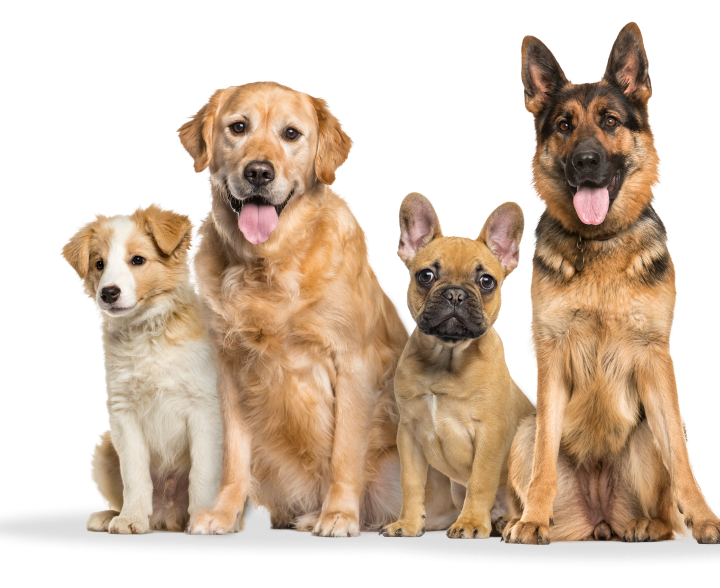A “louse” is the term for a single insect. Lice are external parasites that chew on the skin or suck the blood, causing skin irritation, itchiness, and possible anemia in severe infestations. Untreated pets can develop pediculosis over the entire body. Infestations are more common in young pups, debilitated/malnourished animals or geriatric animals in unsanitary conditions. Infestations are not common in clean, healthy pets. Lice are tiny, species-specific external parasites that live on the skin and hair coat of dogs and other mammals. The lice that affects people is not the same as the lice that affects dogs or other animals, and the lice typically does not transfer between different species. They are easily killed by topical insecticides. Some of the more common insecticides used to treat pediculosis include lime-sulfur, pyrethrins and pyrethroids.

Get a free pet insurance quote in less than 60 seconds!
Easily compare quotes from the most trusted pet insurance companies in the United States.

- Itchiness
- Scratching, rubbing and/or biting at skin
- Restlessness
- Skin redness, irritation
- Dry coat
- Matted fur
- Hair loss – often around neck, ears, upper back, groin and rectum
- Anemia – more often seen with severe infestation
- Lethargy, weight loss, poor development in severely infested pups
- Trichodectes canis: The chewing louse. These insects grip the host’s fur with their large, wide mouthparts and chew the dead skin cells of the dog host. This species is found throughout the world and can serve as a vector for the canine tapeworm.
- Linognathus setosus: The sucking louse. These insects grip host hair with their claws and have narrow mouthparts for sucking blood through the skin. This species is found throughout the world and can be more common in long-hair breeds and colder climates.
- Both types of lice can be transferred between dogs through direct contact or contact with contaminated objects.
- Locations where dogs are in close contact such as dog parks, boarding kennels, grooming facilities and animal shelters are all possible places pets can contract lice.
- Dogs that share kennels, bedding, furniture, or outdoor space with affected dogs are at increased risk for lice infestation.
- You may wonder, can humans get dog lice? Thankfully, the answer is no. Lice are species-specific and do not feed on animals of other species. People cannot get lice from other dogs and dogs cannot get lice from people. Cats and other animals are likewise not susceptible to dog lice.
- Lime-sulfur
- Pyrethrin
- Pyrethroid
- Fripronil
- Imidacloprid
- Selamectin

Worried about the cost of treating your pet's symptoms?
Pet Insurance covers the cost of many common pet health conditions. Prepare for the unexpected by getting a quote from top pet insurance providers.

45 found this helpful
45 found this helpful
32 found this helpful
32 found this helpful
16 found this helpful
16 found this helpful
0 found this helpful
0 found this helpful
10 found this helpful
10 found this helpful
0 found this helpful
0 found this helpful
1 found this helpful
1 found this helpful

Get a free pet insurance quote in less than 60 seconds!
Easily compare quotes from the most trusted pet insurance companies in the United States.

